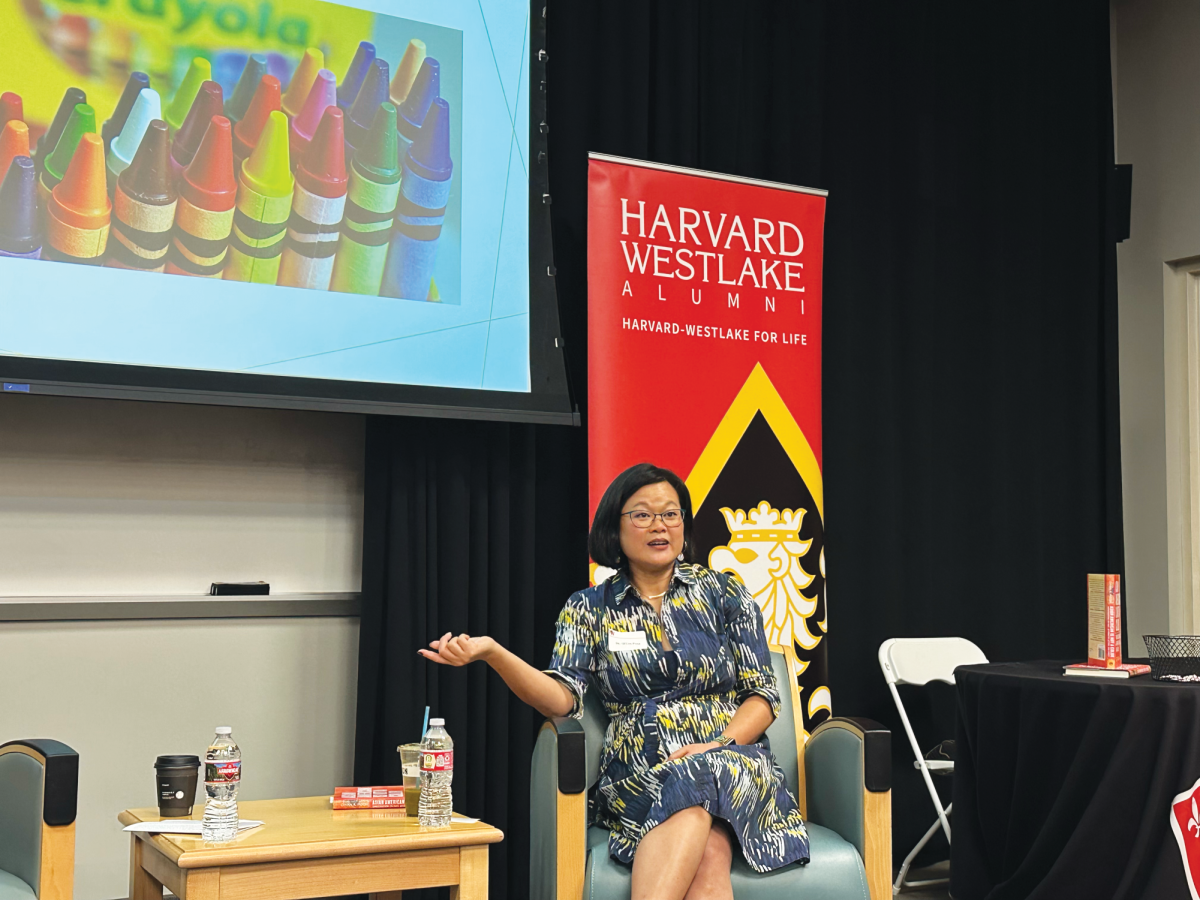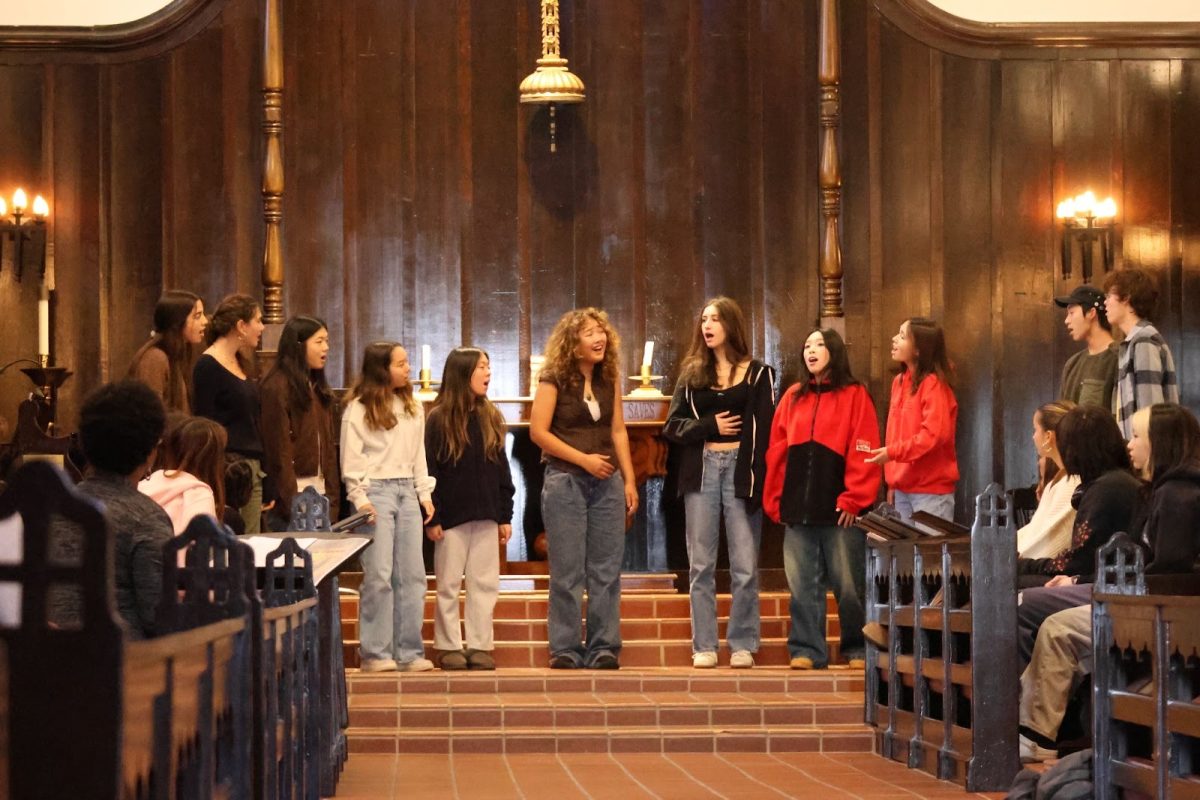By Rebecca Nussbaum
Most college-bound 18-year-olds graduate high school in June and begin college in August. However this common path is changing as more universities are offering spring admittance to help manage enrollment, Upper School Dean Vanna Cairns said.
“The college that uses [spring admission] the most is USC,” Cairns said.
USC doesn’t use a waitlist and instead offers some applicants spaces in the spring semester. A handful of these students are eventually admitted to the fall semester, but the majority of them begin college in January.
“Why is that good?” Cairns said. “Well, you actually are admitted. You are into the college, and that’s better than waiting outside of the door.”
Ryan Blackwell ’12 was thrilled to be accepted to USC, one of his first choice schools, but because he was admitted to the spring, he now faces the conundrum of how to spend his fall semester.
“I have a few options,” Blackwell said. “I could go to community college, I could study abroad, I could get a job or I might be able to go to a UC school for the first semester.”
Months ago, Blackwell didn’t know that spring admittance was an option.
“I just wasn’t expecting that,” he said.
Although he was blindsided by his spring admission, his enthusiasm for USC overshadowed his doubts beginning late, he said.
“There aren’t many other schools that I would accept entering in the spring semester,” Blackwell said.
Other colleges with spring admission policies are American University, Brandeis University, Colby College, Middlebury College, Northeastern University, Pepperdine University, UC Berkeley, UC Los Angeles, UC San Diego and University of Maryland. Some of these use both waitlists and spring admissions to prioritize applicants, what Cairns called a tiered admissions system.
“Obviously spring is better than a waitlist,” Cairns said. “There’s something compelling about the student, they didn’t have enough space for fall, but they really want the student to come. It’s a tiered admissions system. I guess that’s what it seems to be. Fall, then spring, then waitlist.”
Five years ago, Northeastern University developed a program to offer spring admits. Through N.U.in, spring admits study at colleges in Australia, Costa Rica, England, Greece and Ireland before attending Northeastern second semester.
By December, Northeastern was Alex Rand-Lewis’ ’12 first choice. He was deferred early action and then admitted for the spring semester.
“Originally I wasn’t really sure what to think of [being admitted for spring],” Rand-Lewis said. “I thought, ‘Well, maybe they’re accepting me just because I showed such an interest, but not really accepting me because it was spring.’”
However after looking into N.U.in, Rand-Lewis became excited about studying abroad.
“The thought of being able to study outside of America and get some experience in the world is pretty impressive,” he said.
Rand-Lewis will study Media Arts and Design through the Foundation for International Education in London before involving himself in the Northeastern journalism program, he said.
“When I looked at it, I realized that it’s actually a big plus,” he said. “I get to experience what kids going directly to Boston have to wait until their third year to experience, and even then I can choose to do it again or not to do it.”
Halle Levitt ’12 was also offered spring admission to Northeastern, and if she chooses to attend the university, she will study communications at the Dublin Business School in Dublin, Ireland. While Levitt hopes to study abroad in college and is interested in the program in Dublin, she has some reservations about returning to Boston in the spring semester.
“I love the concept of studying abroad, but coming back second semester scares me,” she said.
Although Northeastern plans many orientations for spring admits and is proud of fully integrating the new students into life at Northeastern, Levitt worries about starting college months after her peers.
Levitt is still deciding where to attend university, but being accepted spring instead of fall changes her decision.
“I made sure I kept a really big open mind [while applying to colleges], so I didn’t really get my heart too set on anywhere when I applied,” she said. “So it was always going to be a decision making process, but being accepted for spring makes it a different decision making process than I thought it would be.”
There are many possible reasons that students are put in the spring instead of the fall pool.
“Colleges contend there is little difference between the groups and that some students are put in the spring pool because of their majors or for geographic diversity, not grades,” said Larry Gordon in the Los Angeles Times. “They insist that graduation rates are similar and that many midyear students manage to finish with the fall group by taking extra classes or summer courses.”
Cairns said alumni who began college spring semester have generally adjusted successfully. As more universities turn to spring admission programs, Cairns has seen the student body become increasingly open to the spring admit option.
“I think our kids are pretty aware, especially for USC,” she said. “They’ve heard about it so much for USC that if it happens for another school, they are aware of it.”






























